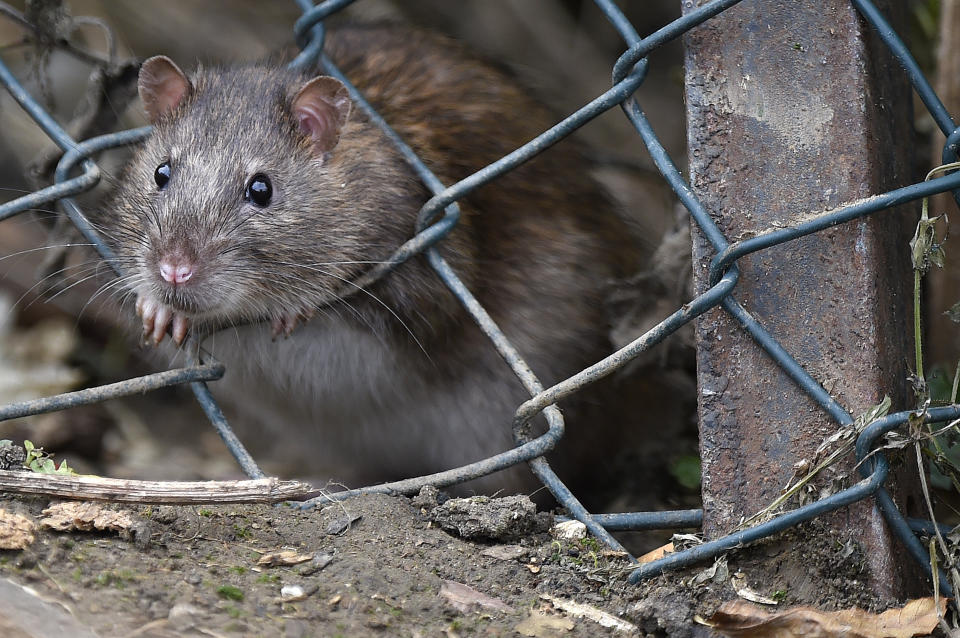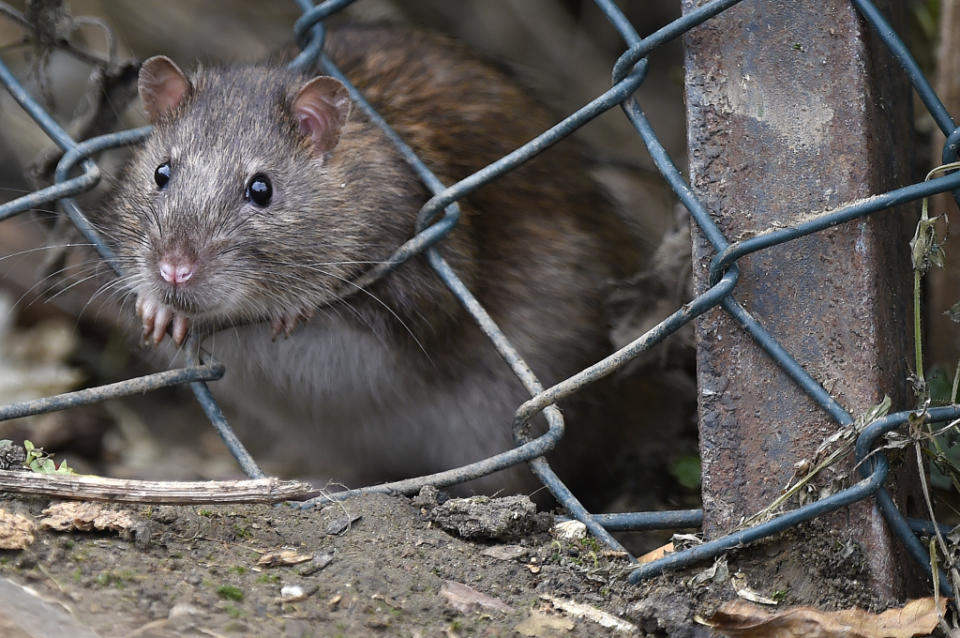2 Arizona Counties Are Seeing Signs of the Plague. It Isn’t the First Time
There’s some troubling public health news out of Arizona this week. The Navajo and Coconino counties of the state have warned that fleas in the area tested positive for bubonic plague.
To be clear, no deaths or illnesses have been reported in the region so far. But the highly infectious and deadly pathogen--which claimed millions of lives in the Middle Ages and is caused by the bacterium Yersinia pestis--is concerning enough that health officials have issued public warnings over the fleas, urging residents to stay away from animals that might contract the infection.
“Navajo County Health Department is urging the public to take precautions to reduce their risk of exposure to this serious disease, which can be present in fleas, rodents, rabbits and predators that feed upon these animals,” the officials wrote. “The disease can be transmitted to humans and other animals by the bite of an infected flea or by direct contact with an infected animal.”
There have been isolated plague cases in the U.S., including in recent years, according to the Centers for Disease Control (CDC). Between 2001 and 2012, there was a median of three plague cases per year (with a high of 17); in 2015, the rate spiked. Nearly all of the infections occurred in the American West (including California, Arizona, New Mexico, Colorado, and Oregon).
Luckily, the plague is no longer the death sentence it once was thanks to modern medicine. A course of antibiotics can kill it off--but only if it’s caught early enough. In 2015, four people died of the plague.
See original article on Fortune.com
More from Fortune.com


